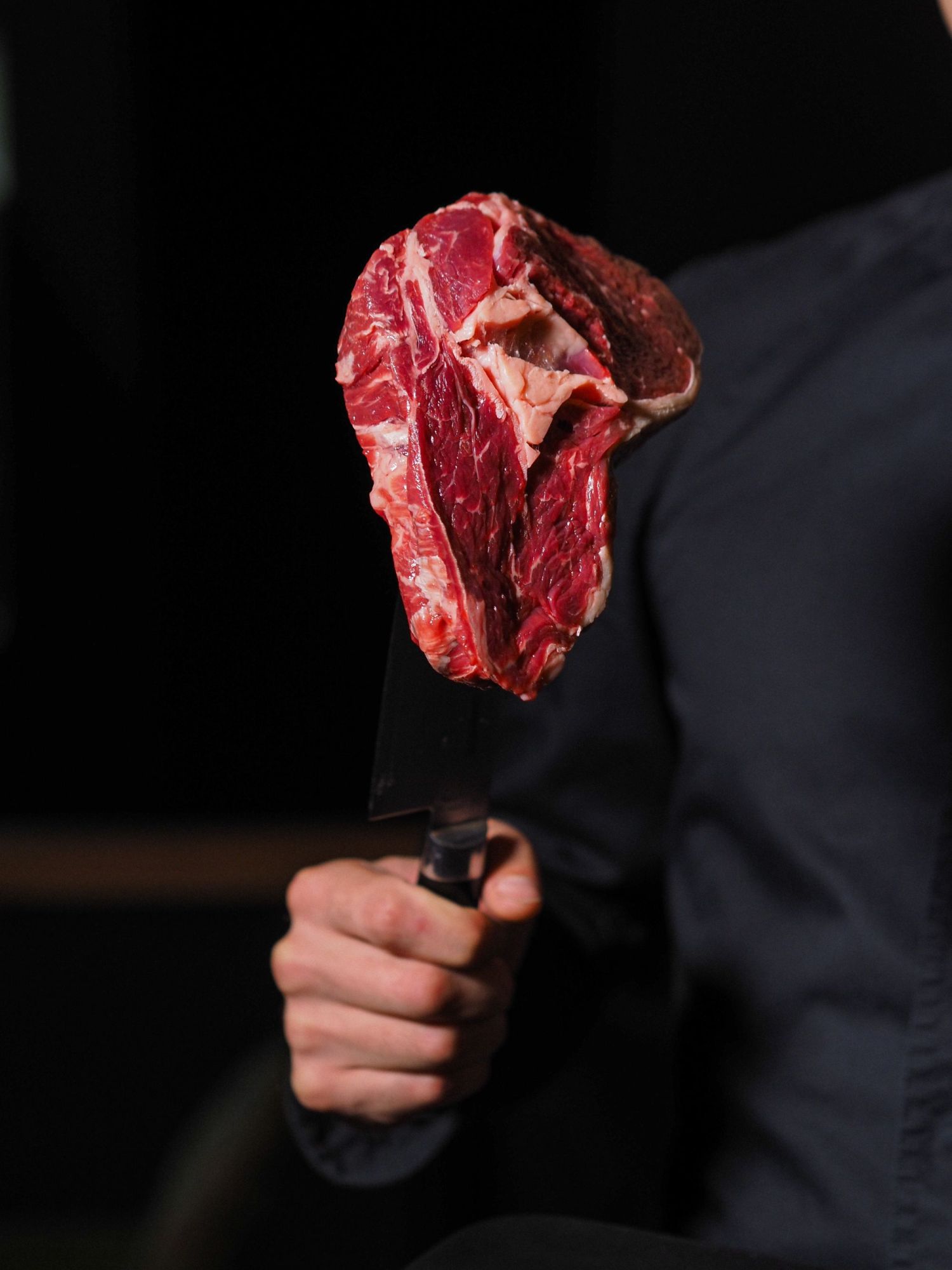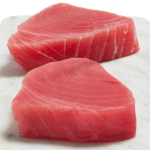As a dog owner, you know that feeding your furry friend is a crucial part of keeping them healthy and happy. But with so many different types of dog food available, it can be tough to decide what to feed your pup. One question that often comes up is whether or not dogs can eat meat. While dogs are omnivores and can technically eat a variety of foods, including fruits and vegetables, meat remains a popular choice for many pet owners.
But not all meat is created equal, and there are some important considerations to keep in mind when feeding your dog a meat-based diet. In this ultimate guide to feeding your furry friend, we’ll take a closer look at the benefits and risks of feeding your dog meat, as well as some tips for choosing the best meat-based food for your pup.
Whether you’re a seasoned dog owner or a new pet parent, this guide will help you make informed decisions about your dog’s diet and ensure they stay healthy and happy for years to come.
The Nutritional Value of Meat for Dogs
Meat is an excellent source of protein, which is essential for building and repairing your dog’s muscles, bones, and tissues. It also contains essential amino acids that your dog’s body cannot produce on its own. Meat is also high in fat, which provides your dog with energy and helps them absorb fat-soluble vitamins. Additionally, meat is a good source of vitamins and minerals, including iron, zinc, and vitamin B12.
However, not all meat is created equal. It’s important to choose high-quality meat that is low in fat and free from additives and preservatives. Lean meats like chicken and turkey are excellent choices for dogs, as they are low in fat and high in protein. Beef and pork can also be good options, but they should be lean cuts and cooked thoroughly to avoid the risk of bacterial contamination.
While meat can be a healthy addition to your dog’s diet, it should not be the only source of nutrition. Dogs also require carbohydrates, fiber, and a variety of vitamins and minerals to stay healthy. This is why it’s important to choose a balanced dog food that includes both meat and other essential nutrients.
Risks of Feeding Dogs Meat
While meat can be a healthy addition to your dog’s diet, there are some risks to be aware of. One of the biggest risks of feeding dogs meat is the risk of bacterial contamination. Raw or undercooked meat can contain harmful bacteria like Salmonella and E. Coli, which can make your dog sick. This is why it’s important to cook meat thoroughly before feeding it to your dog.
Another risk of feeding dogs meat is the risk of choking or obstruction. Bones, in particular, can be a choking hazard and can also cause intestinal blockages if swallowed. This is why it’s important to avoid feeding your dog bones, especially small bones like chicken bones.
Finally, some dogs may have allergies or sensitivities to certain types of meat. If you notice that your dog is experiencing digestive issues or other symptoms after eating meat, it may be a sign that they are allergic or sensitive to that type of meat.
Different Types of Meat for Dogs
When it comes to feeding your dog meat, there are many different options to choose from. As mentioned earlier, lean meats like chicken and turkey are excellent choices, as they are high in protein and low in fat. Beef and pork can also be good options, but they should be lean cuts and cooked thoroughly to avoid the risk of bacterial contamination.
Fish is another excellent source of protein for dogs, and it is also rich in omega-3 fatty acids, which can help promote healthy skin and coat. However, not all types of fish are safe for dogs to eat. Fish like salmon, trout, and herring are safe, but fish like tuna and swordfish can be high in mercury, which can be harmful to dogs.
Organ meats like liver and kidney are also good sources of protein and other essential nutrients. However, they should be fed in moderation, as they are high in vitamin A, which can be toxic in large amounts.
Feeding Your Dog a Balanced Diet
While meat is an important part of your dog’s diet, it should not be the only source of nutrition. Dogs also require carbohydrates, fiber, and a variety of vitamins and minerals to stay healthy. This is why it’s important to choose a balanced dog food that includes a variety of ingredients.
When choosing a dog food, look for one that is high in protein and low in fillers like corn and wheat. It should also be free from artificial preservatives, flavors, and colors. Additionally, it’s important to choose a dog food that is appropriate for your dog’s age, size, and activity level.
If you prefer to make your own dog food, be sure to consult with your veterinarian to ensure that your dog is getting all of the essential nutrients they need. Homemade dog food should include a variety of ingredients, including lean meats, whole grains, and vegetables.
Homemade Meat-Based Dog Food Recipes
If you’re interested in making your own dog food, there are many great recipes to choose from. Here’s one recipe for homemade chicken and rice dog food:
Ingredients:
– 2 lbs boneless, skinless chicken breasts
– 1 cup brown rice
– 1 cup chopped carrots
– 1 cup chopped green beans
– 1 cup chopped sweet potatoes
– 1 tbsp olive oil
Instructions:
1. Preheat the oven to 375 degrees F.
2. Place the chicken breasts on a baking sheet and bake for 25-30 minutes, or until cooked through.
3. While the chicken is cooking, cook the brown rice according to package instructions.
4. In a separate pan, sauté the carrots, green beans, and sweet potatoes in olive oil until tender.
5. Once the chicken is cooked, chop it into small pieces.
6. In a large bowl, combine the cooked chicken, cooked rice, and sautéed vegetables.
7. Mix well and let cool before serving.
Meat-Based Dog Treats
Meat-based treats can be a great way to reward your dog and provide them with additional protein and nutrients. However, it’s important to choose high-quality treats that are free from additives and preservatives.
One option is to make your own meat-based treats at home. Here’s a recipe for homemade chicken jerky treats:
Ingredients:
– 2 lbs boneless, skinless chicken breasts
– 1 tbsp olive oil
Instructions:
1. Preheat the oven to 200 degrees F.
2. Slice the chicken breasts into thin strips.
3. Toss the chicken strips in olive oil to coat.
4. Place the chicken strips on a baking sheet lined with parchment paper.
5. Bake for 2-3 hours, or until the chicken is dry and crispy.
6. Let the chicken cool before serving.
Vegetarian and Vegan Diets for Dogs
While meat is an important source of protein for dogs, it is possible to feed your dog a vegetarian or vegan diet. However, it’s important to consult with your veterinarian to ensure that your dog is getting all of the essential nutrients they need.
If you choose to feed your dog a vegetarian or vegan diet, be sure to include a variety of plant-based protein sources like beans and lentils. It’s also important to supplement your dog’s diet with essential nutrients like vitamin B12, which is typically only found in animal products.
Conclusion: can dogs eat meat?
Feeding your dog a healthy and balanced diet is crucial for ensuring their overall health and well-being. While meat can be a healthy addition to your dog’s diet, it should not be the only source of nutrition. Be sure to choose a balanced dog food that includes a variety of ingredients, and consult with your veterinarian if you have any questions or concerns about your dog’s diet. With the right nutrition, your furry friend can live a long, happy, and healthy life by your side.




